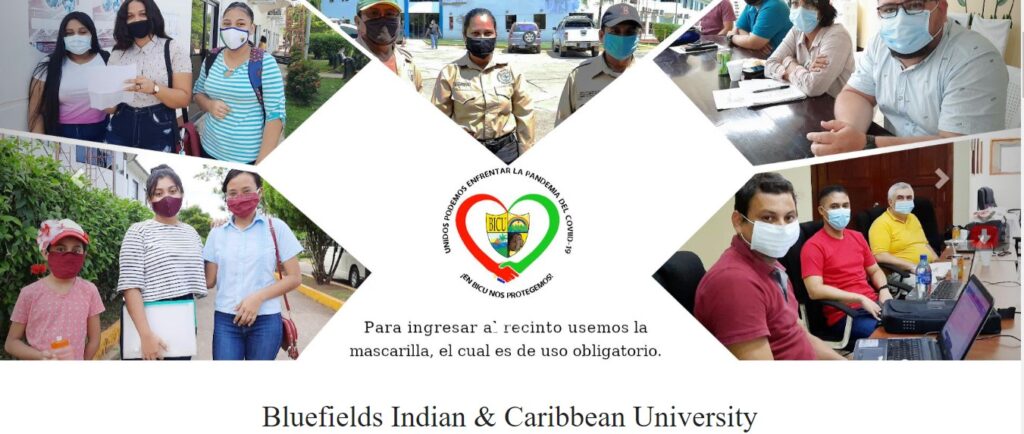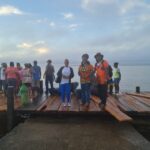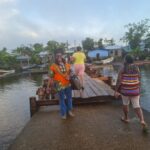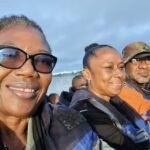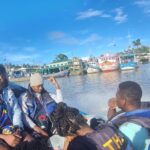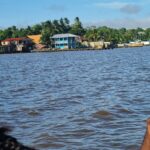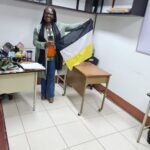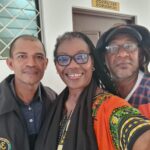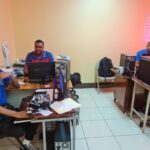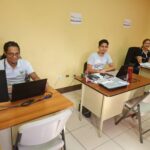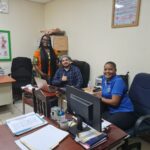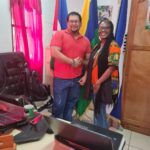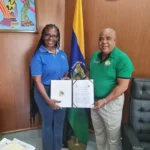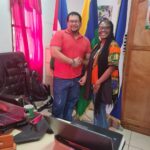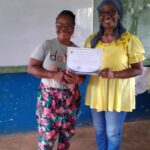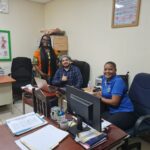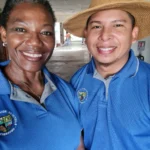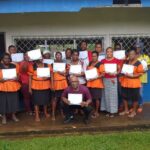Nicaragua
Nicaragua
The Garifuna people in Nicaragua are an Afro-indigenous ethnic group with a unique cultural and historical background. The Garifuna people are descendants of West African and indigenous Carib and Arawak people who intermingled and formed their own distinct culture in the Caribbean region. Their history is closely tied to their forced migration from the island of St. Vincent to Central America.
Here are some key points about the Garifuna people in Nicaragua:
Migration History: The Garifuna people’s ancestors were originally brought to the Caribbean island of St. Vincent by European colonizers as enslaved Africans. Over time, they intermarried with the indigenous Carib and Arawak people, creating a unique cultural identity.
Forced Migration: In 1797, the Garifuna people were forcibly deported from St. Vincent by the British colonial authorities and sent to the island of Roatán, which is part of present-day Honduras. From Roatán, they spread along the coast of Central America, including Honduras, Belize, Guatemala, and Nicaragua.
Settlement in Nicaragua: In Nicaragua, the Garifuna people primarily settled along the Caribbean coast, particularly in the northeastern regions of the country, including the departments of Gracias a Dios and Río San Juan.
Culture and Language: The Garifuna people have a rich cultural heritage that includes traditional music, dance, cuisine, and spirituality. They are known for their unique language, Garifuna, which is a blend of Arawakan and West African languages.
Livelihood: Historically, the Garifuna people in Nicaragua have relied on fishing and agriculture for their livelihoods. They have a strong connection to the sea and often engage in fishing as a way of life.
Challenges: Like many indigenous and Afro-indigenous communities, the Garifuna people in Nicaragua have faced various challenges, including land rights issues, economic disparities, and cultural preservation. Land disputes, in particular, have been a significant issue as their traditional lands have been threatened by development and resource extraction.
Cultural Preservation: Efforts have been made by both the Garifuna community and external organizations to preserve and promote their culture and traditions. Cultural events, festivals, and educational programs are important for maintaining their identity.
It’s important to note that the situation and status of indigenous and Afro-indigenous communities can change over time, and it’s essential to consult more recent sources and engage with the community directly to gain a better understanding of their current circumstances and challenges.

